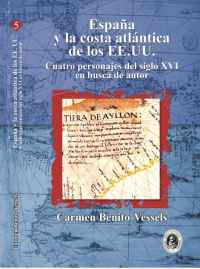This research investigates the pivotal yet often overlooked role of Rumi’s children in the formation and institutionalization of the Mawlawi (Mevlevi) Order. While Rumi’s own charisma, poetry and spiritual influence are the foundation of this movement, its continuity and transformation into a lasting Sufi order depended heavily on the contributions, struggles and ambitions of his sons, especially Baha al-Din Sultan Walad and Ala al-Din.
The study begins with a detailed analysis of Rumi’s correspondence (Maktubat) and Shams Tabrizi’s Maqalat, as well as hagiographical sources such as Aflaki’s Manaqib al-ʿArifin and Sepahsalar’s Risala. These sources shed light on the personal qualities, flaws, and challenges of Rumi’s children. Sultan Walad emerges as the dutiful yet ambitious son, committed to consolidating the Mawlawi Order through organizational structures, endowments, political ties and poetic works (Walad-nama, Rabab-nama, Enteha-nama). In contrast, Ala al-Din is depicted as restless and resistant, at times in conflict with Shams, Rumi, and even the ethos of Rumi’s household.
The project highlights how Sultan Walad’s endeavors marked a shift from Rumi’s orientation toward a mystical “system of truth” to a system rooted in institutional power. While Rumi resisted sycophantic ties with rulers and emphasized inner transformation, Sultan Walad pragmatically sought political alliances, produced panegyrics, and created organizational continuity for the order. His poetic imitations of Rumi reveal both his literary limitations and his effort to legitimize himself as heir to Rumi’s legacy.
Ultimately, this research argues that the Mawlawi Order was not solely the outcome of Rumi’s genius but also the product of negotiation, institutional creativity, and even ambition on the part of his children and successors. By situating these developments within the socio-political landscape of 13th-century Anatolia under Mongol rule, the study demonstrates how mystical charisma and worldly power converged to shape one of the most enduring Sufi traditions in Islamic history



